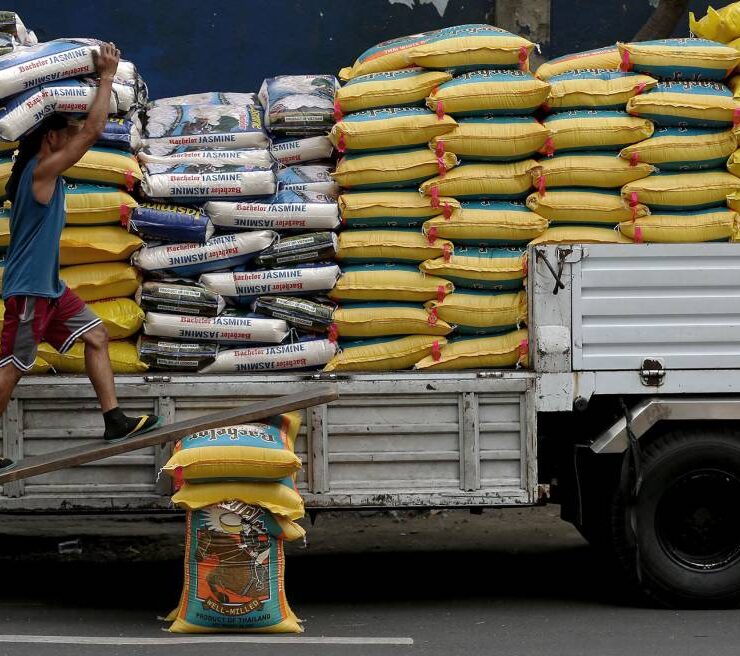Oct jobless rate inched up to 3.9%

The number of jobless Filipinos swelled in October while job quality worsened, coinciding with the decline in the number of jobseekers who were discouraged by the onslaught of powerful typhoons.
Results of a nationwide survey of 44,388 households showed there were 1.97 million people who were either unemployed or out of business in October, worse than the 1.89 million recorded in September, the Philippine Statistics Authority (PSA) reported on Friday.
That translated to a jobless rate of 3.9 percent in October, higher than the 3.7 percent recorded in the preceding month.
On a quarter-on-quarter basis, the top three industries that saw the deepest decline in employment were agriculture (-265,000), administrative and support service (-260,000) and transportation (-107,000).
Figures showed the uptick in joblessness happened while fewer Filipinos searched for work.
State statisticians reported that there were 50.12 million Filipinos aged 15 years old and above that actively sought employment in October, lower than the estimated 51.77 million in September.
This means the country had a labor force participation rate of 63.3 percent in October, a decline from the previous month’s 65.7 percent.
Worse, some of those who were able to find work ended up with low quality jobs that do not pay well.
Underemployment
The PSA said there were 6.08 million employed Filipinos who still had to look for additional jobs and work hours to augment their income in October, up from 5.94 million in September.
That was equivalent to an underemployment rate of 12.6 percent, rising from 11.9 percent before.
National Statistician Claire Dennis Mapa told a press conference the destructive typhoons that hit the country late in the season likely tempered many Filipinos’ decision to find work.
“There were workers who were not able to find jobs or did not join the labor market because of the typhoons,” he said.
Notably, the data showed how Filipino women are disproportionately impacted by climate change-related disasters, which can deepen their unpaid domestic and care burdens.
Mapa said there were 1.4 million females who dropped out of the workforce month-on-month in October, worse than the 230,000 decline in the labor force participation of men.
As weather disturbances come and go, Mapa believes that the labor market disruptions are “temporary”.
But Leonardo Lanzona, labor economist at Ateneo De Manila University, stressed the need to make the Philippine job market more resilient to the disruptive effects of global warming-induced disasters.
“It is true that the typhoons are the main causes of the increased unemployment, and indeed this may be temporary. But it only shows that the jobs that are being created are unstable and vulnerable that can easily be wiped out by natural disasters,” Lanzona said.
“As such, the quality of jobs being created in the post-pandemic period are quite poor. The labor market remains underdeveloped,” he added.





















